POSTCARD 1 (SOLD)
POSTCARD 2 (SOLD)
POSTCARD 3 (SOLD)
Evelyn Holt (3 October 1908 – 22 February 2001) was a German actress. Her father was a journalist. Her film career began with UFA, a German film company. It did not take long for her to become a film star. She was popular in the 1920’s and early 1930’s. Holt was blond and blue eyed. In 1931 she became a soubrette at the Grosses Schauspielhaus (a popular theatre) in Berlin. Her film career came to an abrupt end when the Nazis’ took power. It was alleged that Holt was half Jewish, and she was banned from films. The ban was based on her being born with a Jewish sounding last name. Holt married Jewish publisher Felix Guggenheim (1904-1976) in 1936. Two years later the couple emigrated to Switzerland, then England, then the United States. She remained in the U.S. and never returned to acting.
Postcard 1 reveals that Evelyn Holt was quite pretty. She looks very confident in this image. Her dress is shiny. Is it silk? This postcard was published by Ross Verlag, a firm located in Berlin. The card was part of a series (no.6509/2). The photographer of this portrait is Walther Jaeger and the photograph was taken in Berlin, Germany. (SOLD)
Postcard 2 was published by Iris Verlag. Iris Verlag in Vienna was the most important Austrian publisher of film star postcards. The logo for “Lux Film” can be seen in the lower left hand corner of the image. The company was an Italian Film distribution and production company. This card is part of a series (no.946). (SOLD)
Postcard 3 was published by Ross Verlag, a firm located in Berlin. The card was part of a series (no.3553/1). The photographer of this portrait is Ernst Schneider and the photograph was taken in Berlin, Germany. He was considered to be one of the most celebrated studio photographers in Berlin during three decades (1900’s, 1910’s, 1920’s). He photographed many celebrities from the world of theater, opera, circuses, and film. He was also one of the most prominent fashion photographers in Berlin. In addition, he was well known for his nude photography, and he published books showcasing his work in this domain. Sometime around 1908 Schneider began working with postcard publishers “Rotophot” and “Neue Photographische Gesellschaft” (NPG). In 1919 he began working with Ross Verlag. The card was postmarked in 1928 in the city of Riga, Latvia. (SOLD)
POSTCARD 1

POSTCARD 2
POSTCARD 3
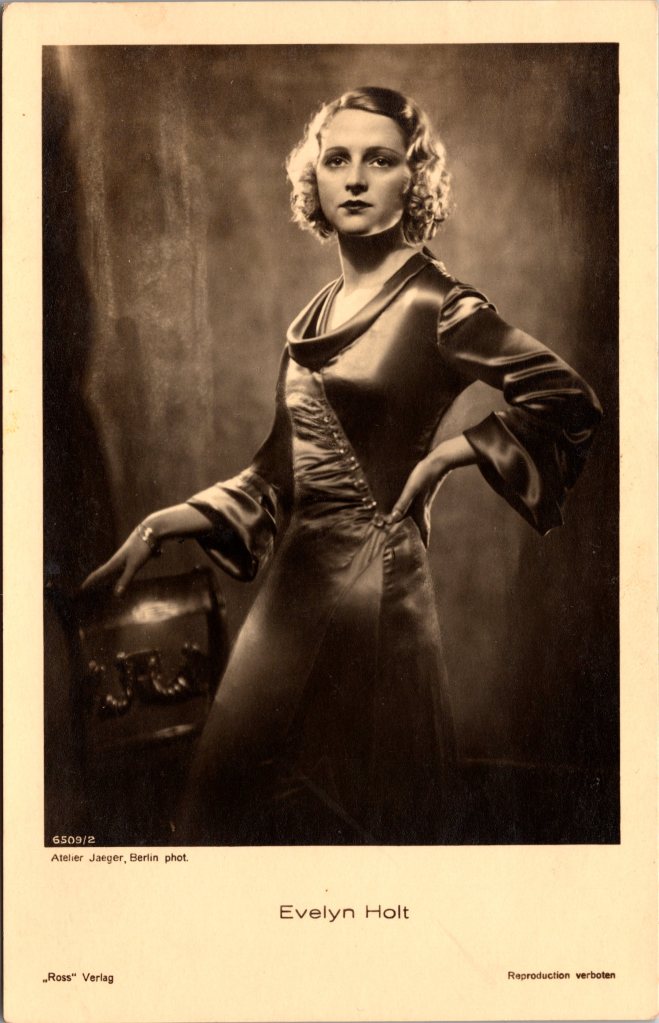
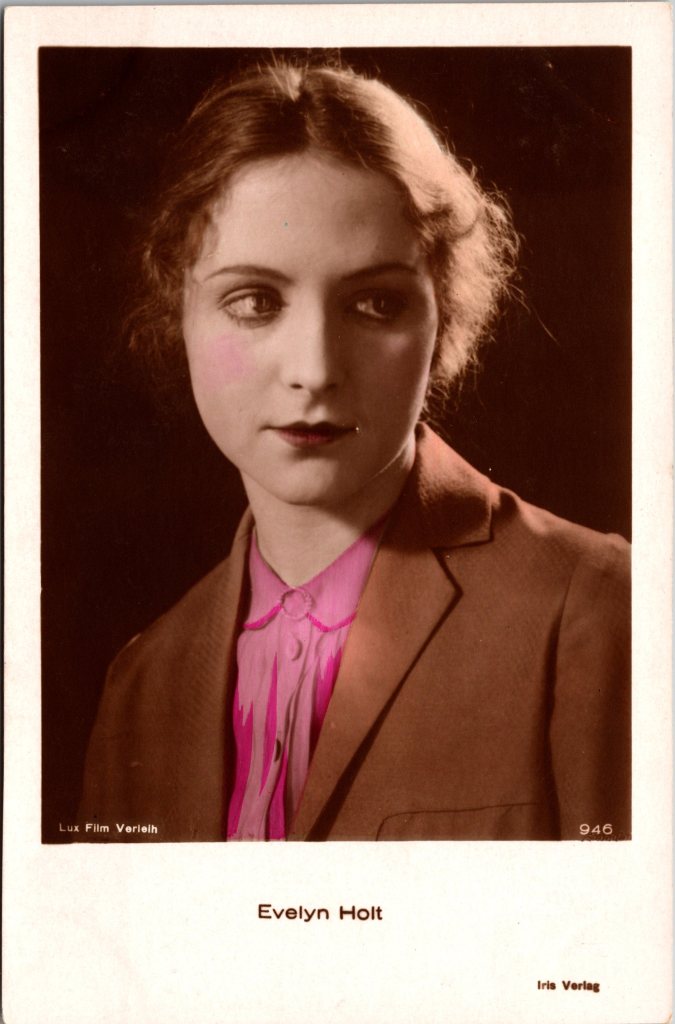
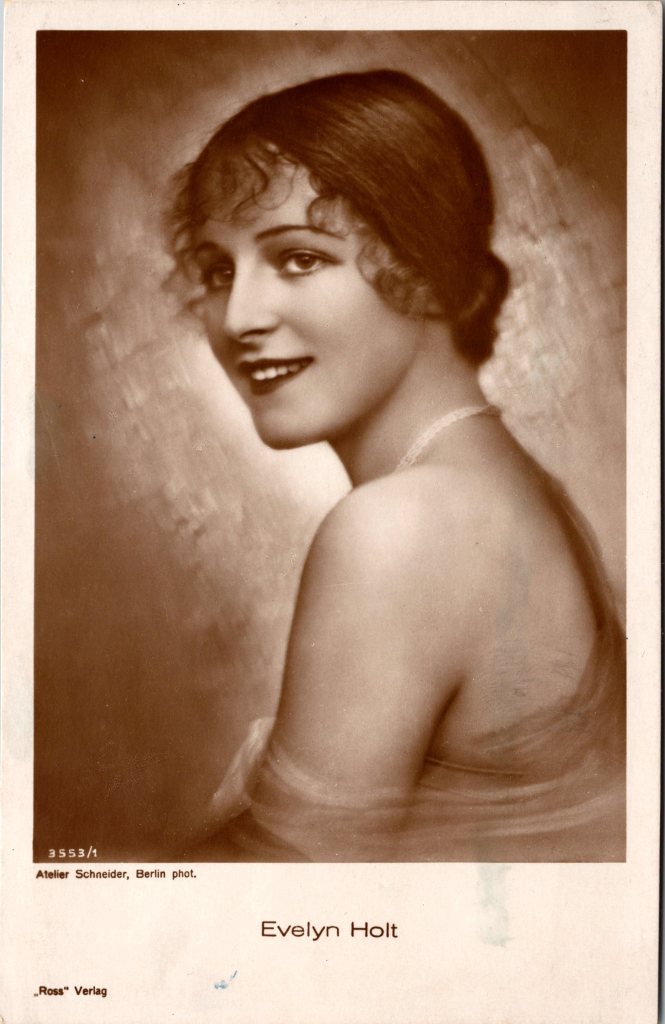
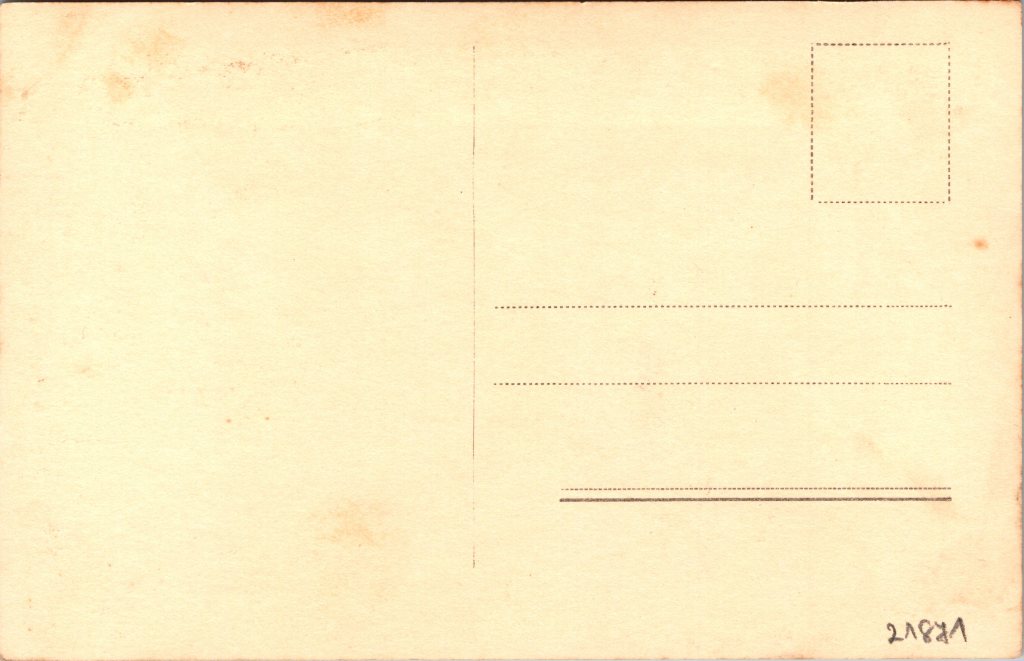
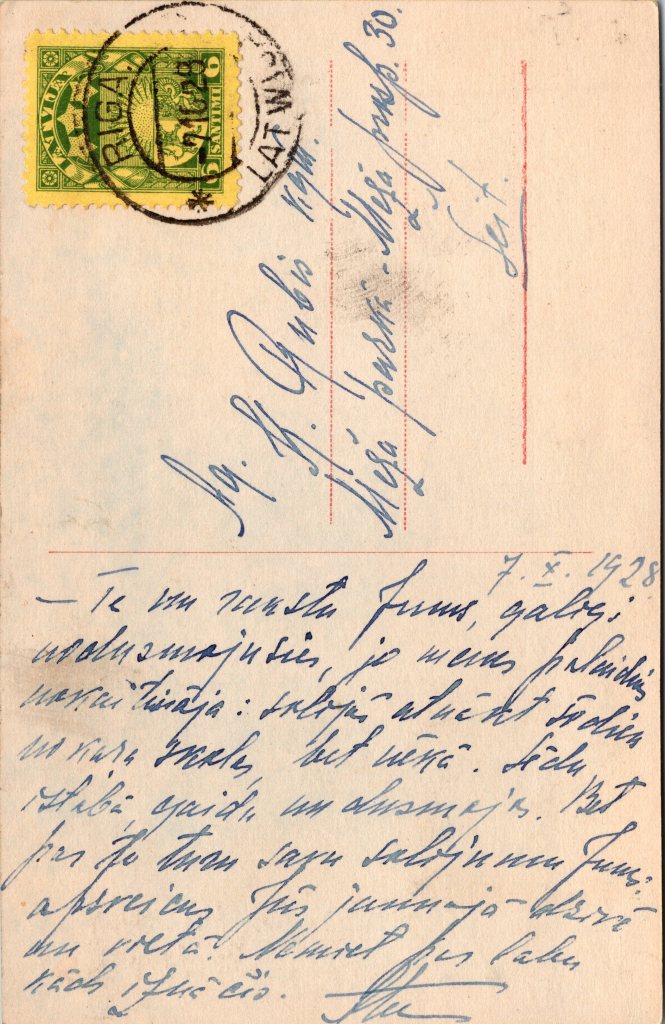

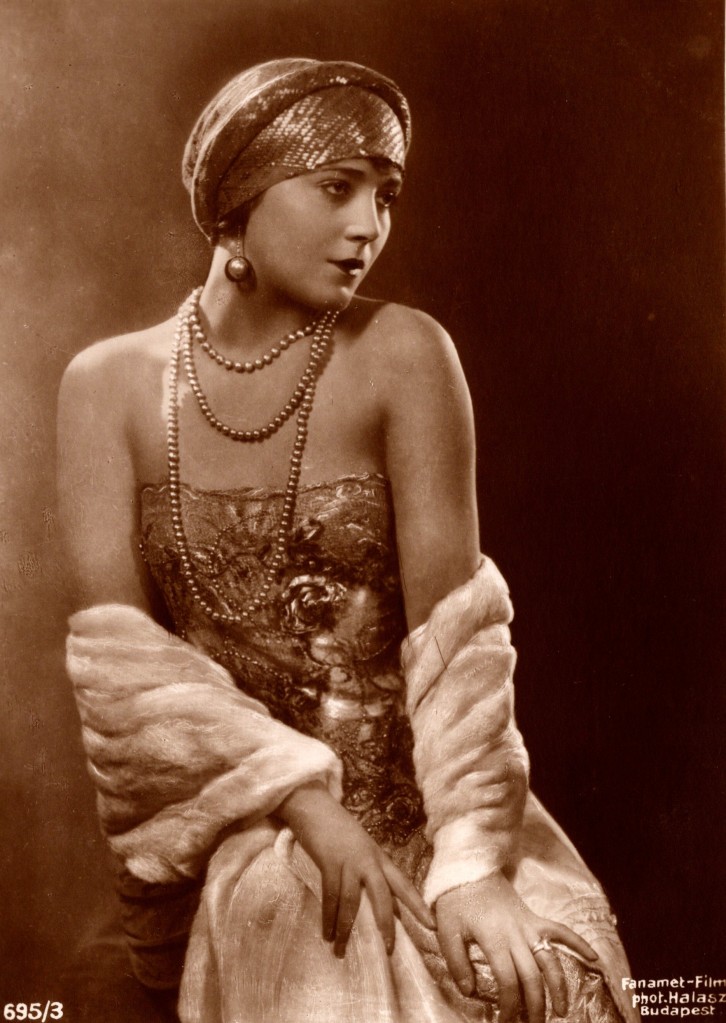

 POSTCARD 1 (SOLD)
POSTCARD 1 (SOLD)
 POSTCARD 2 (SOLD)
POSTCARD 2 (SOLD)


 POSTCARD 1
POSTCARD 1





 Postcard 1
Postcard 1






 POSTCARD 3
POSTCARD 3



 POSTCARD 1 (SOLD)
POSTCARD 1 (SOLD) POSTCARD 1 (CLOSE-UP)
POSTCARD 1 (CLOSE-UP)  POSTCARD 2
POSTCARD 2



 POSTCARD 1 (SOLD)
POSTCARD 1 (SOLD) POSTCARD 1 (CLOSE-UP) (SOLD)
POSTCARD 1 (CLOSE-UP) (SOLD) POSTCARD 2 (SOLD)
POSTCARD 2 (SOLD) POSTCARD 2 (CLOSE-UP) (SOLD)
POSTCARD 2 (CLOSE-UP) (SOLD) POSTCARD 1
POSTCARD 1 POSTCARD 2
POSTCARD 2



 This vintage real photo postcard features Hungarian actress Camilla von Hollay (1899-1967). She was born in Budapest. Her father was a factory director and as she entered young adulthood her parents tried to steer her into going to medical school. Instead, Camilla pursued acting. She was active in film during the silent film era. IMDb credits her with sixty-eight film credits between 1916 and 1930. Early in her movie career she appeared in films with Bela Lugosi. Later, he became known in the US for his portrayal of Dracula. Camilla was blonde and attractive. Many of her films in the 1920’s were filmed in Germany. Her first acclaimed role was in “The Lightship” (1922). Camilla is quoted as stating that film “offers me the opportunity to live my life, to walk in many different forms, and to see myself in a hundred mirrors of just as many human figures”. It is believed that Camilla’s acting career disappeared with the advent of sound film. It is likely her Hungarian accent was seen by film companies as unsuitable for significant roles. She was married to a journalist. Nothing is known about her post acting life. This portrait postcard was published by Iris Verlag/Amag. Iris Verlag was a popular Austrian postcard producer. Amag (Albrecht & Meister) was a publisher located in Berlin. The company took over Aristophot in 1909. Amag ceased production in 1920. This photo portrait postcard is in excellent condition (see scans).
This vintage real photo postcard features Hungarian actress Camilla von Hollay (1899-1967). She was born in Budapest. Her father was a factory director and as she entered young adulthood her parents tried to steer her into going to medical school. Instead, Camilla pursued acting. She was active in film during the silent film era. IMDb credits her with sixty-eight film credits between 1916 and 1930. Early in her movie career she appeared in films with Bela Lugosi. Later, he became known in the US for his portrayal of Dracula. Camilla was blonde and attractive. Many of her films in the 1920’s were filmed in Germany. Her first acclaimed role was in “The Lightship” (1922). Camilla is quoted as stating that film “offers me the opportunity to live my life, to walk in many different forms, and to see myself in a hundred mirrors of just as many human figures”. It is believed that Camilla’s acting career disappeared with the advent of sound film. It is likely her Hungarian accent was seen by film companies as unsuitable for significant roles. She was married to a journalist. Nothing is known about her post acting life. This portrait postcard was published by Iris Verlag/Amag. Iris Verlag was a popular Austrian postcard producer. Amag (Albrecht & Meister) was a publisher located in Berlin. The company took over Aristophot in 1909. Amag ceased production in 1920. This photo portrait postcard is in excellent condition (see scans).





